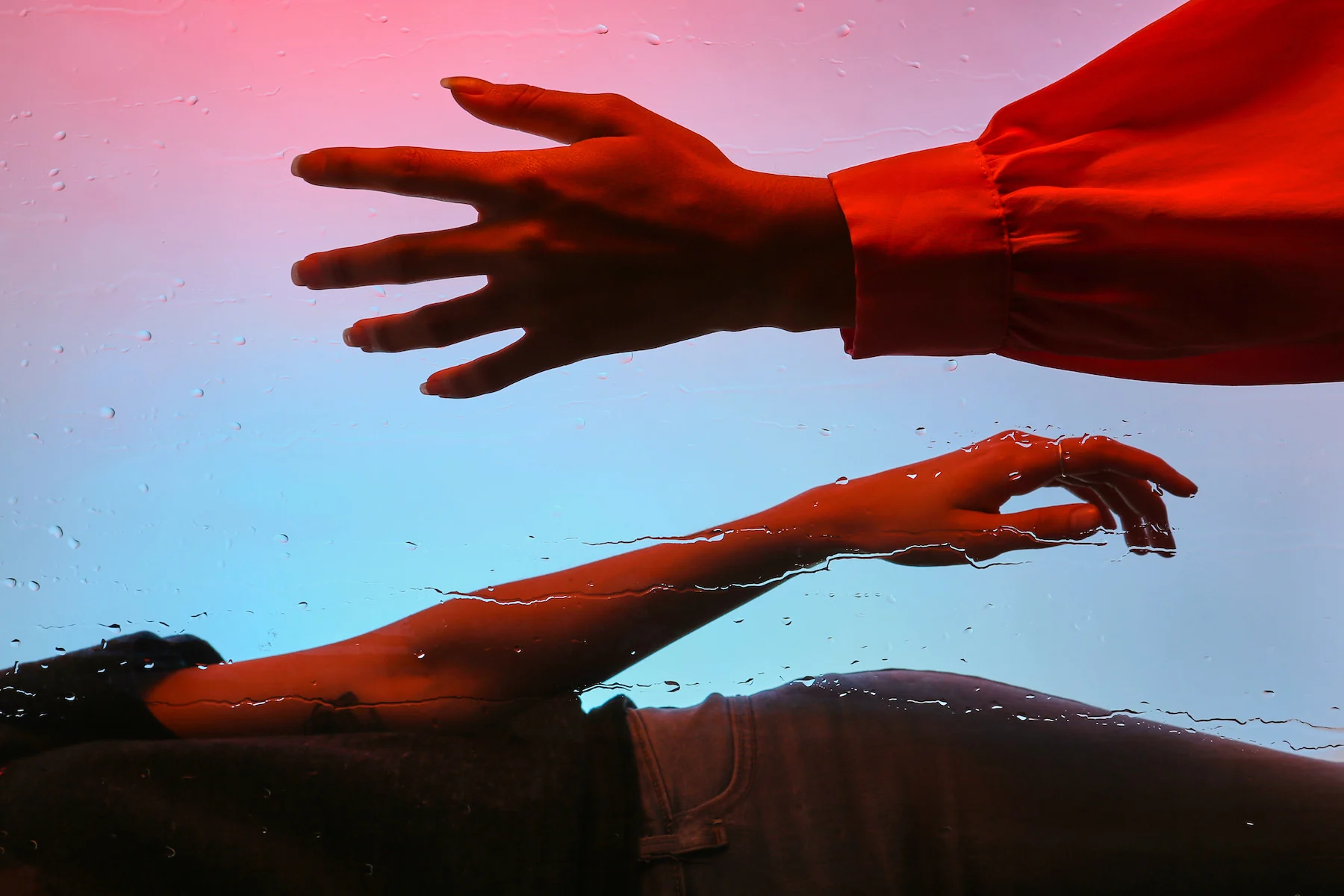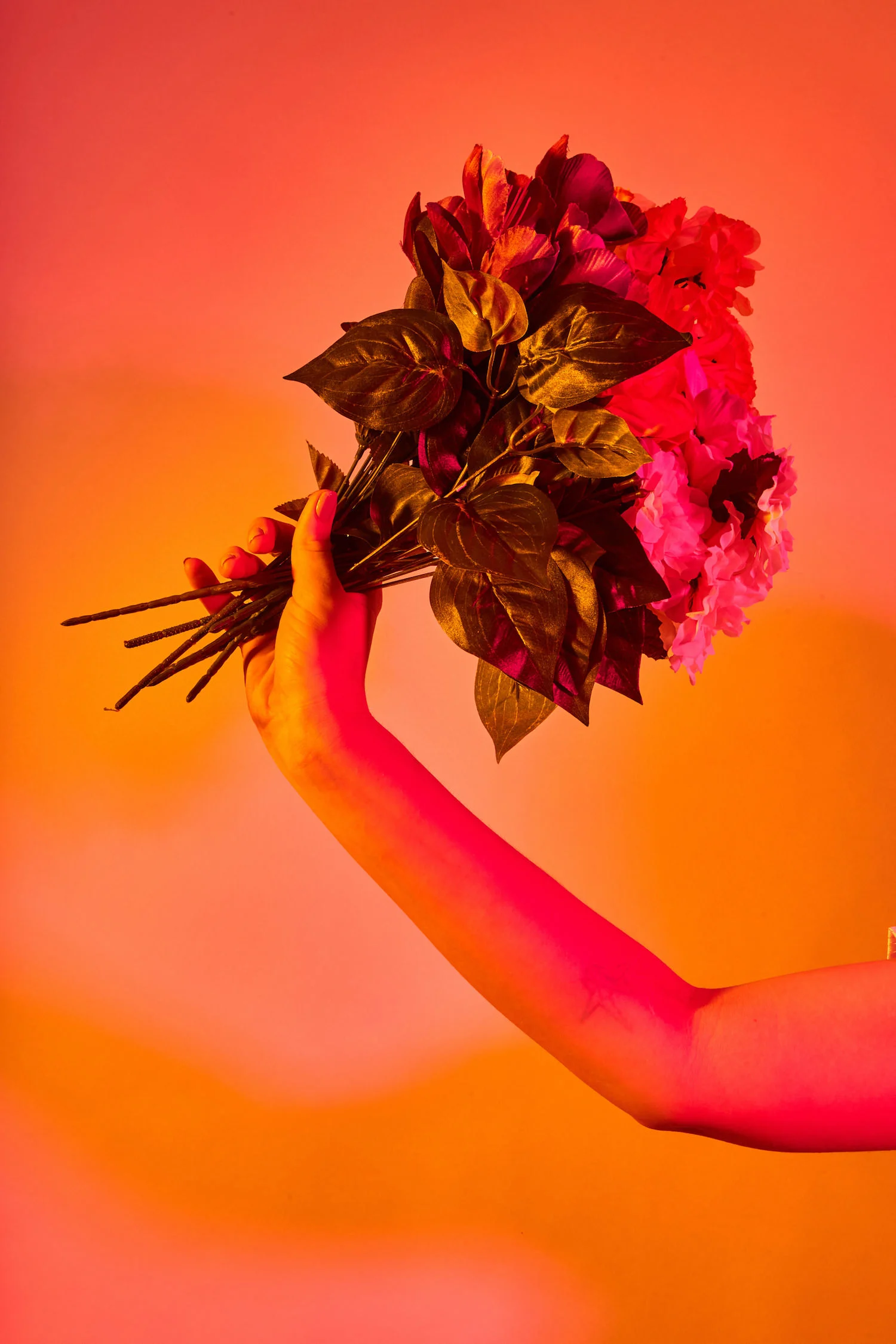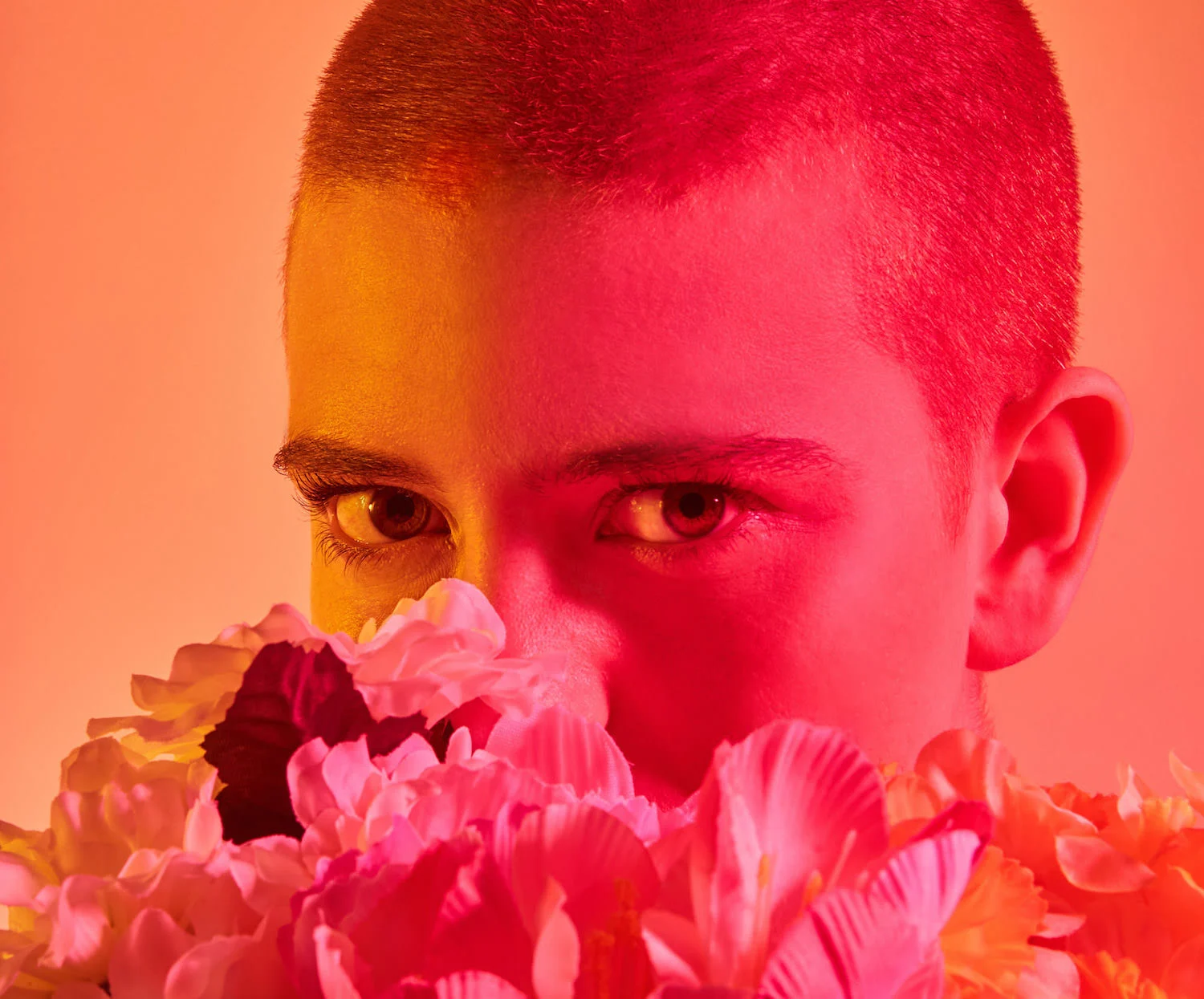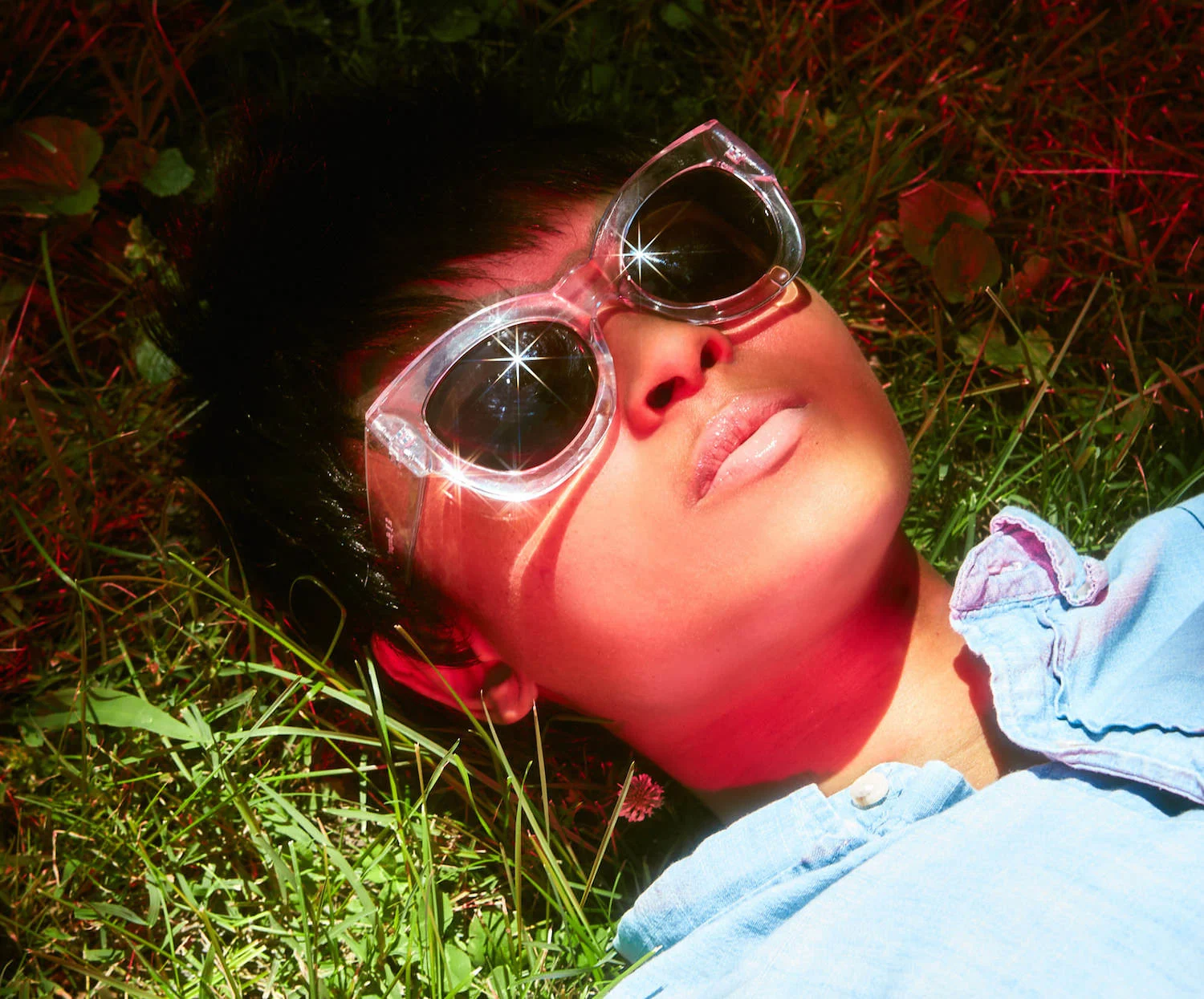When Envy Gets Under Your Skin
- 5 June 2017
- ByIsabel B. Slone
- 10 min read

Circling the inner circle and not getting in has helped me recognize my own creative jealousy. More important, it's reminded me why I write.
In his essay My Life As A Failed Artist, Jerry Saltz - senior art critic for New York magazine and chronicler of both female nudity and the Trump administration on Instagram - traces his artistic journey. He starts as a twenty-something artist working dawn to dusk on his charcoal illustrations in an unheated, mice-infested Chicago apartment, to getting a hefty grant and moving to New York, then questioning his own talent to the point where he gave up his entire practice. Now 67, at his editor’s behest, Saltz unearthed some of his old Hilma af Klimt-inspired geometric pencil illustrations to review them with his now sharply-attuned critic's eye, honed after decades in the field. Saltz immediately connects with the messages and symbolism in his old work, proclaiming himself a “great artist.” When he asked his wife Roberta Smith, art critic for the New York Times, what she thought of the work, she answered, “They’re OK.”
One particular passage of this essay, in which Saltz describes his cracking self-confidence before he decides to stop making art, plunged into me like a hara-kiri blade. “On the outside things were great,” he writes. “On the inside I was in agony, terrified, afraid of failing, anxious about what to do next and how to do it. I started not working for longer and longer periods. Hiding it. Then not hiding it. Until all I had left was calling myself an artist. At 27, I had what I think of as a one-year walking nervous breakdown … In this state of self-deprecating deprivation, I wanted what others had, hated anyone who had more space, time, money, education, a better career. To this day I tell all young artists to make an enemy of envy or else it will eat you alive. Like it did me.”
Upon reading these words I felt the blood drain from my face and a cold nauseous panic overtake my stomach; my body gripped by the fear of total and utter recognition. To struggle as an artist is routine, if not cliché. Scientific studies have attempted to understand creative genius since the time of Vincent Van Gogh, almost suggesting that the struggle to keep your head above water is what you get for having the talent, or perhaps hubris, required to call yourself an artist. But the artist’s struggle with creative jealousy amounts to less actual physical mortification of the flesh and more insidious, self-imposed mortification of the soul. Jealousy is the emotional equivalent of carbon monoxide - it enters the room and before you’re able to detect something is off, you’re dead.
Jealousy is known colloquially as the cutesy “green-eyed monster,” a moniker that sounds downright benevolent, as if it were some furry Monsters Inc.-type creature that you know is hiding in the closet but never bother to kick out because it seems incapable of injurious harm. And yet, creative jealousy very clearly ruined Jerry Saltz’s career as an artist and it very nearly ruined mine as well.

I embarked on a writing career early, at age 21, and had a leg up in the industry due to a once-popular but now-defunct fashion blog, which gave me whatever the 2012 equivalent of credibility was. I began to freelance as soon as I graduated from undergrad and never stopped, building up my career through referrals I had met during the schmoozefests my early twenty-something constitution once allowed. After five years as a freelancer, my position was holding steady. I got enough work and earned all the money I needed to live. But I was beginning to chafe at my own perceived stagnation.
From my own estimation, it seemed like all my contemporaries were getting book deals or writing for the New Yorker, while I was still chugging along fact-checking for magazines and writing the occasional inconsequential article for the Canadian national newspaper. Many who had started writing after me had far surpassed me in fame and inhabited what appeared to me as a world of blue checkmarks, semi-permanent virality, and constant adulation. While I wasn’t unsuccessful per se, I felt an encroaching resentment about my lack of ability to gain the traction that my peers had somehow been able to grasp.
I saw myself as a has-been, like I’d grasped onto a modicum of popularity in 2012 and continued to squeeze the overripe, moldering husk of an orange still hoping for some juice to trickle out. When you work in the attention economy and people fail to exert the energy of pressing a “like” button it starts to feel extremely personal.
I projected that the entire world was entangled in a giant conspiracy to make me feel bad about myself. Soon enough, my defeatist attitude left job opportunities unapplied for, pitches unsent. I shut every open door in my own face.
Suffocated by what I perceived to be the narrow airshaft of Canadian media, I hoofed it to New York and isolated myself in the ivory tower of Columbia Journalism School. I reasoned that bigger meant more breathing room. I treated it as, essentially, a very expensive digital detox.

In George Orwell’s 1946 essay ‘Why I Write,’ he identifies four motivations for putting pen to page: sheer egoism, aesthetic enthusiasm, historical impulse, and political purpose. Sheer egoism ranks first because it’s often the strongest motivation. Even Orwell himself admits, “I think from the very start my literary ambitions were mixed up with the feeling of being isolated and undervalued.”
Question: If one of the purposes of writing is to write your way out of obscurity, then why keep going when it feels like nobody's listening?
I thought that being in New York would make it more possible to write for the New Yorker (the website, not the magazine, obviously), the New York Times, and New York magazine - my own holy trinity. Instead, it simply made it easier to get rejected by them while living a 30-minute train ride from their offices. There was no point, I thought. I’ve been doing this for five years and I’ve gotten nowhere, everyone hates me, they especially hate my work, and the fact that I continue to try is just embarrassing. In fits of half-sadness, half-rage, I spat to myself that it was time to give up. Stop writing, pretend the first half of my twenties never existed, and seek refuge in a desk job.
And yet, giving up was only a fantasy, not unlike going to Columbia in the first place. The desire to write beats at the heart of my existence. Even if that heart gets pierced and blood bursts forth, as it has multiple times before, it always repairs itself and keeps going.
Answer: Making art that doesn’t soothe your ego tests your convictions. Nobody cares if you give up on your own dream. You’re the only one with a stake in the matter. You’re the one who loses the most if you stop creating.

When Jerry Saltz’s essay came out, it was February. I was in the middle of my degree at Columbia, alternately sobbing and decrying the place. I was miserable. But when I read the words, “Every artist does battle, every day, with doubts like these. I lost the battle. It doomed me. But also made me the critic I am today,” I gathered up the resolve to keep going. Again.
Creative jealousy made me move to another country. It made me spend money I didn’t have on an Ivy League degree I didn’t need. It made me cut certain acquaintances out of my life - except on social media, where I dutifully followed these people I had grown to despise, because who knows where an opportunity might arise.
Now every time I feel creative jealousy begin to flare at my nostrils, instead of thinking about how jealous I am about retweets and likes, I retreat into a quiet meadow inside my head - similar to the default desktop wallpaper for Windows XP - and ask myself: “Why do you do what you do?”
Beneath the outer layer of corrosive doubt and the middle thick Vaseline-like layer of not caring that I use as a shield to protect myself, there’s a small space that holds two feelings: I’m good at what I do. And I’m proud of what I’ve accomplished.
Even though I have a fancy degree, I still have trouble landing job interviews. I might never write for the New Yorker (even the website). And I’m certainly not the powerful fashion magazine editor I imagined I would be a decade ago - the kind of person whose writing is accompanied by professional photographs, the contents of my handbag deified. But I’m still a writer. And though creative jealousy may sometimes threaten to eat me alive, it will never take me whole.
5 June 2017
Words by:Isabel B. Slone
Tags
- Share